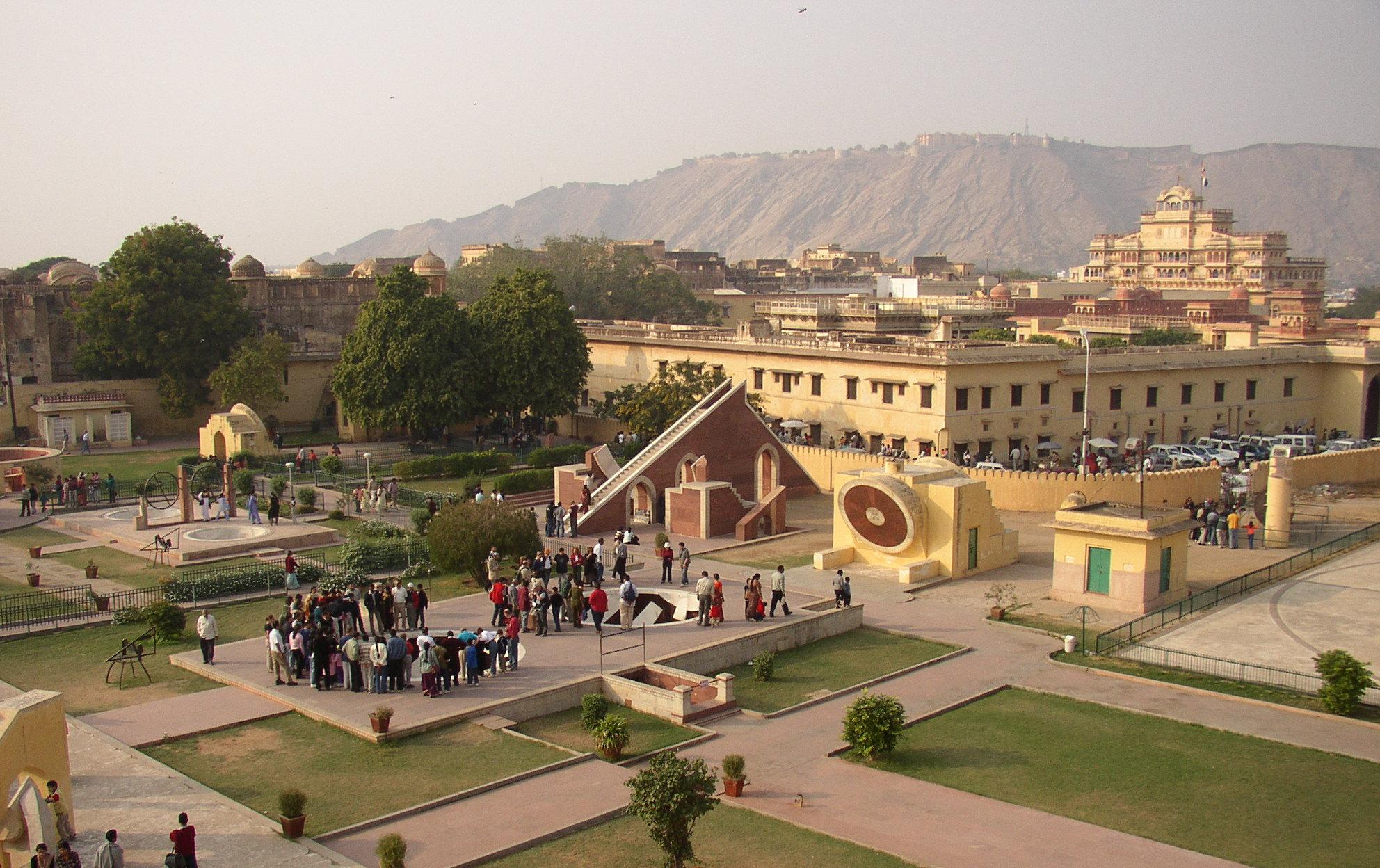|
Irom Chanu Sharmila
Irom Chanu Sharmila (born 14 March 1972), also known as the "Iron Lady of Manipur" or "Mengoubi" ("the fair one") is an Indian civil rights activist, political activist, and poet from the Indian state of Manipur, which is located on the north-eastern side of India. On 5 November 2000, she began a hunger strike in favour of abolishing the Armed Forces (Special Powers) Act, 1958 that applies to the seven states and grants Indian armed forces the power to search properties without a warrant, and to arrest people, and to use deadly force if there is "reasonable suspicion" that a person is acting against the state. She ended the fast on 9 August 2016, after 16 long years of fasting. Having refused food and water for more than 500 weeks (she was nasally force fed in jail), she has been called "the world's longest hunger striker". On International Women's Day, 2014 she was voted the top woman icon of India by MSN Poll. In 2014 two parties asked her to stand in the national election, ... [...More Info...] [...Related Items...] OR: [Wikipedia] [Google] [Baidu] |
Chanu (name Suffix)
Chanu ( mni, /cə.nu/) is a Meitei ethnic name suffix for women. The term "Chanu" literally means "a girl of a clan" in Meitei language (officially called Manipuri language). Notable people using this name suffix are: *Bertrand Chanu, French Olympic equestrian *Irom Chanu Sharmila (born 1972), Indian civil rights activist and poet *Khumukcham Sanjita Chanu (born 1994), Indian weightlifter *Lily Chanu Paonam (born 1988), Indian archer *Ngangbam Soniya Chanu (born 1980), Indian weightlifter *Renu Bala Chanu (born 1986), Indian weightlifter *Saikhom Mirabai Chanu (born 1994), Indian weightlifter *Sanamacha Chanu (born 1978), Indian weightlifter *Sanggai Chanu (born 1981), Indian field hockey player *Sushila Chanu (born 1992), Indian field hockey player *Tingonleima Chanu Tingonleima Chanu Kshetrimayum (born 1 April 1976) is a member of the India women's national field hockey team. She hails from Manipur and played with the team when it won the Gold at the Manchester 2002 ... [...More Info...] [...Related Items...] OR: [Wikipedia] [Google] [Baidu] |
Insurgency
An insurgency is a violent, armed rebellion against authority waged by small, lightly armed bands who practice guerrilla warfare from primarily rural base areas. The key descriptive feature of insurgency is its asymmetric nature: small irregular forces face a large, well-equipped, regular military force state adversary. Due to this asymmetry, insurgents avoid large-scale direct battles, opting instead to blend in with the civilian population (mainly in the countryside) where they gradually expand territorial control and military forces. Insurgency frequently hinges on control of and collaboration with local populations. An insurgency can be fought via counter-insurgency warfare, as well as other political, economic and social actions of various kinds. Due to the blending of insurgents with the civilian population, insurgencies tend to involve considerable violence against civilians (by the state and the insurgents). State attempts to quell insurgencies frequently lead to the ... [...More Info...] [...Related Items...] OR: [Wikipedia] [Google] [Baidu] |
Shirin Ebadi
Shirin Ebadi ( fa, شيرين عبادى, Širin Ebādi; born 21 June 1947) is an Iranian political activist, lawyer, a former judge and human rights activist and founder of Defenders of Human Rights Center in Iran. On 10 October 2003, Ebadi was awarded the Nobel Peace Prize for her significant and pioneering efforts for democracy and human rights, especially women's, children's, and refugee rights. She has lived in exile in London since 2009. Life and early career as a judge Ebadi was born in Hamadan. Her father, Mohammad Ali Ebadi, was the city's chief notary public and a professor of commercial law. Her family moved to Tehran in 1948. She was admitted to the law department of the University of Tehran in 1965 and in 1969, upon graduation, passed the qualification exams to become a judge. After a six-month internship period, she officially became a judge in March 1969. She continued her studies in University of Tehran in the meantime to pursue a doctorate's degree in law, ... [...More Info...] [...Related Items...] OR: [Wikipedia] [Google] [Baidu] |
All India Institute Of Medical Sciences
The All India Institutes of Medical Sciences (AIIMS) is a group of autonomous government public medical universities of higher education under the jurisdiction of Ministry of Health and Family Welfare , Government of India. These institutes have been declared by an Act of Parliament as Institutes of National Importance. AIIMS New Delhi, the forerunner institute, was established in 1956. Since then, 24 more institutes were announced. , nineteen institutes are operating and five more are expected to become operational until 2025. Proposals were made for six more AIIMS. History The first AIIMS was established in 1956 under the ''All India Institute of Medical Sciences Act, 1956''. Originally proposed by the then Prime Minister of India Jawaharlal Nehru for establishment in Calcutta, it was established in New Delhi following the refusal of Chief Minister of West Bengal Bidhan Chandra Roy. The act established AIIMS New Delhi, which was then known simply as All India Institute of ... [...More Info...] [...Related Items...] OR: [Wikipedia] [Google] [Baidu] |
Jantar Mantar
A Jantar Mantar (Hindustani pronunciation: ͡ʒən̪t̪ər mən̪t̪ər is an assembly of stone-built astronomical instruments, designed to be used with the naked eye. There were five Jantar Mantars in India, all of them built at the command of the Rajah Jai Singh II, who had a keen interest in mathematics, architecture and astronomy; The largest example is the equinoctial sundial belonging to Jaipur's assembly of instruments, consisting of a gigantic triangular gnomon with the hypotenuse parallel to the Earth's axis. On either side of the gnomon is a quadrant of a circle, parallel to the plane of the equator. The instrument can be used with an accuracy of about 2 seconds by a "skilled observer" to measure the time of day, and the declination of the Sun and the other heavenly bodies. It is the world's largest stone sundial, known as the Vrihat Samrat Yantra. The Jaipur Jantar Mantar is a UNESCO World Heritage Site. [...More Info...] [...Related Items...] OR: [Wikipedia] [Google] [Baidu] |
Mahatma Gandhi
Mohandas Karamchand Gandhi (; ; 2 October 1869 – 30 January 1948), popularly known as Mahatma Gandhi, was an Indian lawyer, Anti-colonial nationalism, anti-colonial nationalist Quote: "... marks Gandhi as a hybrid cosmopolitan figure who transformed ... anti-colonial nationalist politics in the twentieth-century in ways that neither indigenous nor westernized Indian nationalists could." and Political ethics, political ethicist Quote: "Gandhi staked his reputation as an original political thinker on this specific issue. Hitherto, violence had been used in the name of political rights, such as in street riots, regicide, or armed revolutions. Gandhi believes there is a better way of securing political rights, that of nonviolence, and that this new way marks an advance in political ethics." who employed nonviolent resistance to lead the successful Indian independence movement, campaign for India's independence from British Raj, British rule, and to later inspire movements ... [...More Info...] [...Related Items...] OR: [Wikipedia] [Google] [Baidu] |



